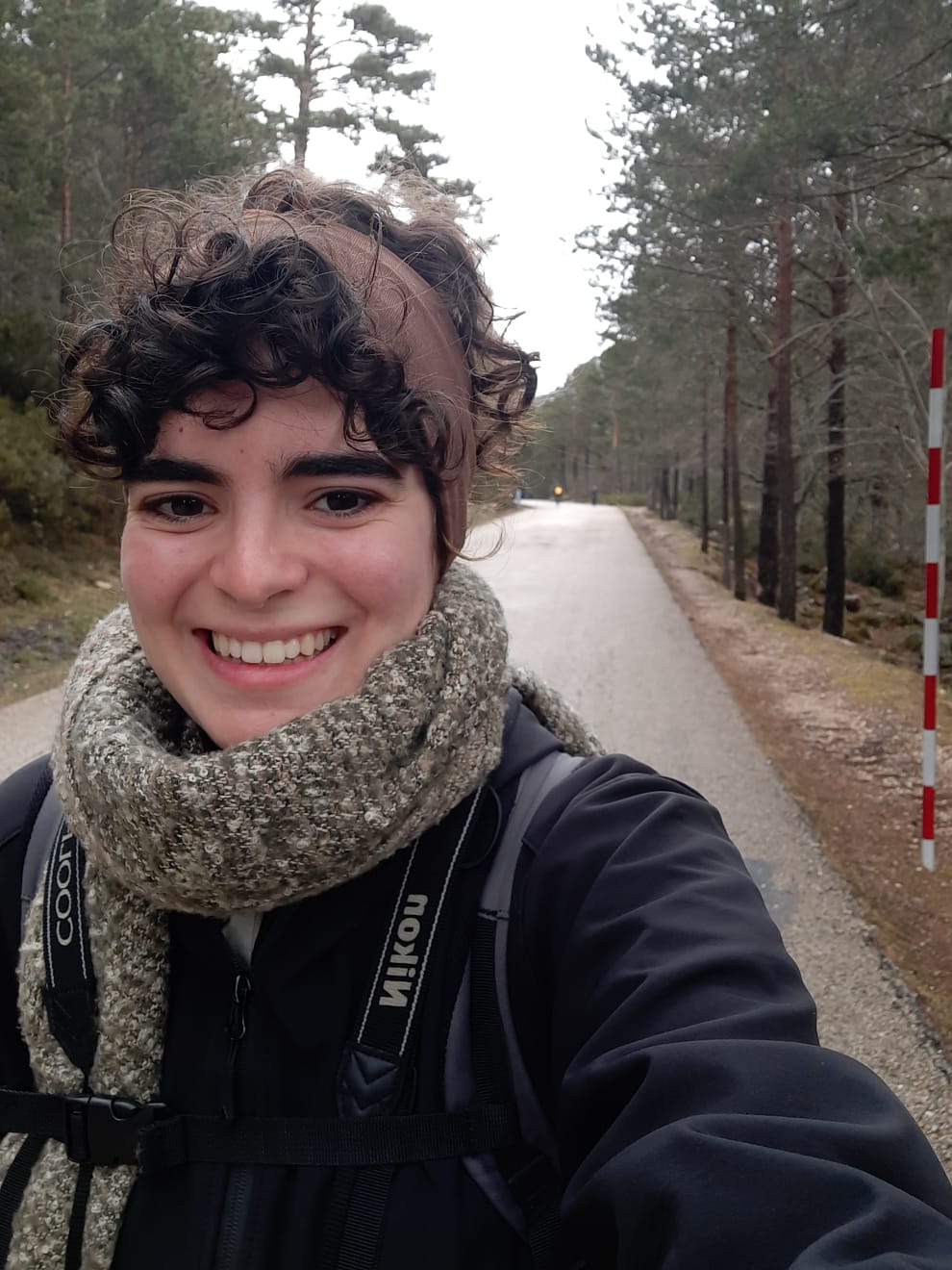III Biomarathon of Spanish flora of the Valencian Community
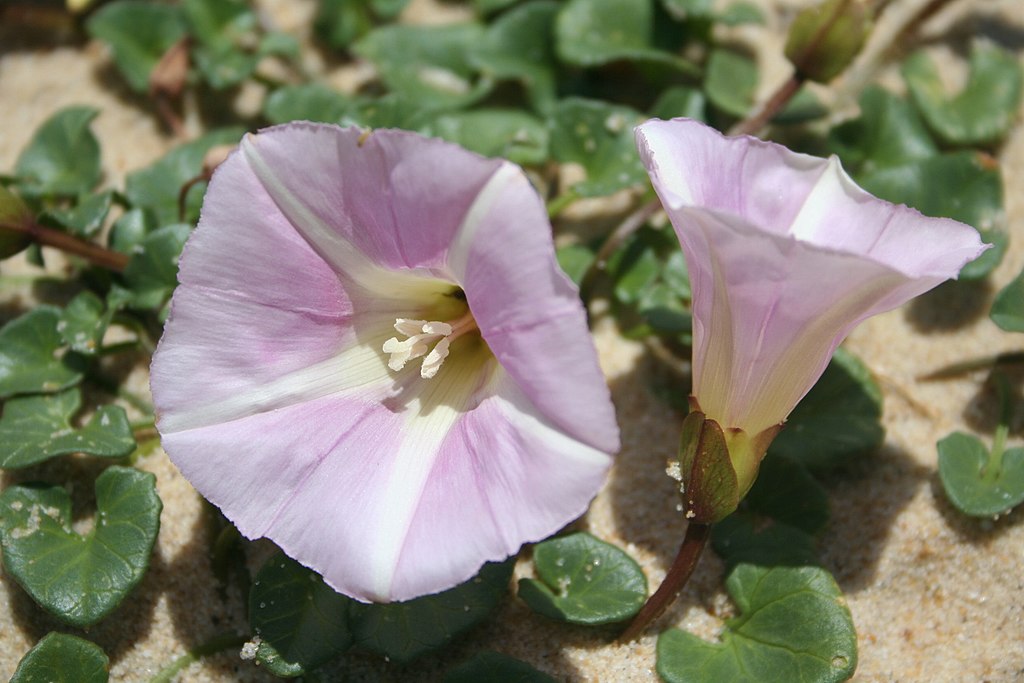
The Biomarathon is an annual citizen participation event where people from all over the country go out into the countryside to enjoy nature while photographing plants and learning about the plant biodiversity of our territory. This year a member of the Jardí Botànic team took part and told us first-hand about his experience in this activity that aims to promote knowledge, conservation and restoration of plant biodiversity.
Of the many things I imagined myself doing when I started my internship at the Jardí Botànic, none coincided with the one that led me to take part in a field trip to identify plants, and no more and no less than being part of a project that encompassed the whole of the Valencian Community. So yes, to celebrate International Plant Fascination Day, I went on an excursion to take part in the 3rd Biomarathon of the Flora of the Valencian Community. I tell you first-hand about my experience and explain what the Biomarathon is all about.
What was I doing outside the Jardí Botànic, where I was supposed to be doing my internship? Why was I with the Forestry students of the Polytechnic University of Valencia, in their subject of Agroforestry Botany, on my way to the Albufera Natural Park? I had an objective, to generate knowledge and to vindicate the importance of researching and cataloguing the biodiversity of plants, on which we depend so much, and of which there is still so much to discover. I wanted to learn, and if I could have fun, so much the better. And the Biomarathon was to blame for all of this.
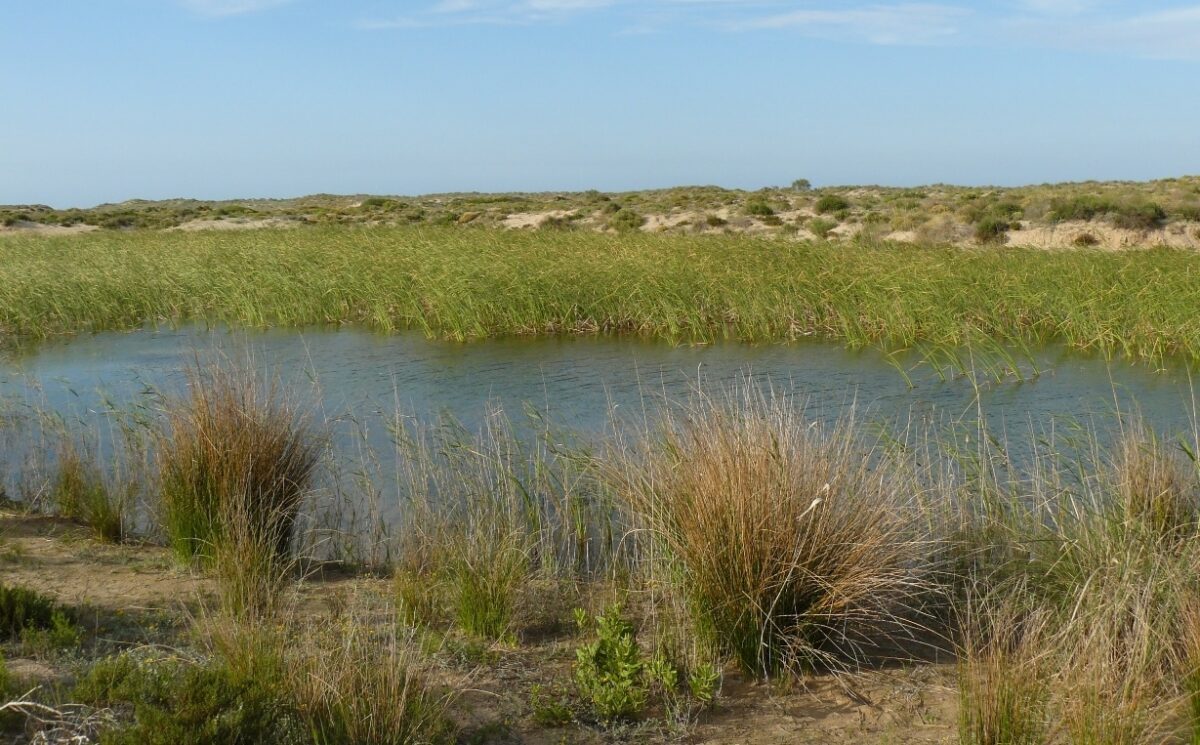
What is the Spanish Flora Biomarathon (BFE) and why is it organised?
It is a citizen participation event where people from all over the country go out into the countryside to enjoy nature while photographing plants and learning about our plant biodiversity. It is held annually around International Plant Fascination Day (18th May).
The Spanish Flora Biomarathon arises out of concern about the growing “plant blindness”, a disconnection of contemporary society with plants and botany. This, in turn, is exacerbated by the fact that we are upsetting the natural balance on a global level, to the point of causing a major mass extinction. This disconnect I was talking about prevents us from appreciating the loss of biodiversity and acting to protect it. This is especially relevant in the case of plants, which are vital for sustaining terrestrial biodiversity, generating habitats, providing the air we breathe and acting as carbon sinks. Moreover, we must not forget that much of the advances for the development of societies come from botanical knowledge.
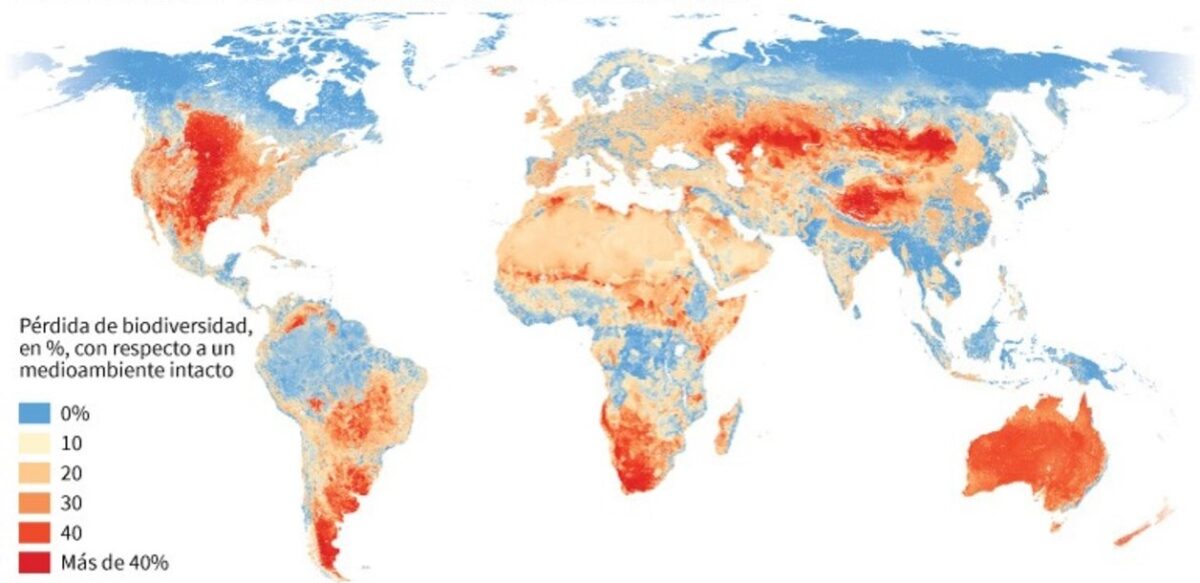
Reconnecting society and nature is necessary to reverse the decline in biodiversity and to address the threats of climate change and ecological collapse. In this sense, the Spanish Flora Biomarathon, BioFE, is an opportunity to promote this reconnection and advance in the knowledge, conservation and restoration of plant biodiversity.
What about its background? www.biomaratonflora.com
The preparation of the Biomarathon arose spontaneously among a group of professionals and botany enthusiasts who, concerned about this plant blindness, organised themselves to organise the event throughout the country. In this way, more than a thousand people registered in iNaturalist in the decades of the Autonomous Communities took part in the IBioFE, to which should be added all the participants who did not register their observations through the citizen science platform, but who did attend the activities and workshops organised during the event.
Thus, in just three days, participants recorded some 25,000 observations of more than 2,400 species, approximately 25% of the plant species documented in Spain, making this event the most successful Biomarathon held so far in Spain (Martínez-Segarra et al. 2022).
More remarkable than these figures were the associated activities that were organised, such as talks, botanical walks and workshops throughout Spain (more than 30 events in 10 Autonomous Communities and 14 botanical itineraries). Most of the botanical walks were guided by expert botanists, with the intention of improving both the experience among participants and the quality of the data collected.
Finally, an online Datablitz event was held, focused on assisting the general public in the recognition and identification of little known and/or complicated plant groups. This event also shared the experiences of the activities carried out during the Biomarathon and encouraged interaction between botany and citizens, with a reach of around 500 people (Márquez-Corro et al., 2021).
In 2022, the IIBioFE data reaffirmed the successful participation achieved in the first edition: 894 people recorded 16,642 observations of 2,191 species and 20 botanical walks were carried out (Márquez-Corro et al., 2022).

More remarkable than these figures were the associated activities that were organised, such as talks, botanical walks and workshops throughout Spain (more than 30 events in 10 Autonomous Communities and 14 botanical itineraries). Most of the botanical walks were guided by expert botanists, with the intention of improving both the experience among participants and the quality of the data collected.
Finally, an online Datablitz event was held, focused on assisting the general public in the recognition and identification of little known and/or complicated plant groups. This event also shared the experiences of the activities carried out during the Biomarathon and encouraged interaction between botany and citizens, with a reach of around 500 people (Márquez-Corro et al., 2021).
In 2022, the IIBioFE data reaffirmed the successful participation achieved in the first edition: 894 people recorded 16,642 observations of 2,191 species and 20 botanical walks were carried out (Márquez-Corro et al., 2022).
Diary of my experience in the Biomarathon
Start the day waiting for the bus at 8am on Avenida de los Naranjos, all the students are still waking up, but looking forward to getting on the transport and going to the countryside.
One of the advantages of degrees such as Environmental Science and Forestry is the amount of opportunities to get out of the classroom. This year the Biomarathon was held from 18th to 21st May, so I took the opportunity to go with some friends from the forestry engineering course who had an excursion on the same day, having asked permission from their teacher, Monica Boscaiu, who welcomed me as one of her students.
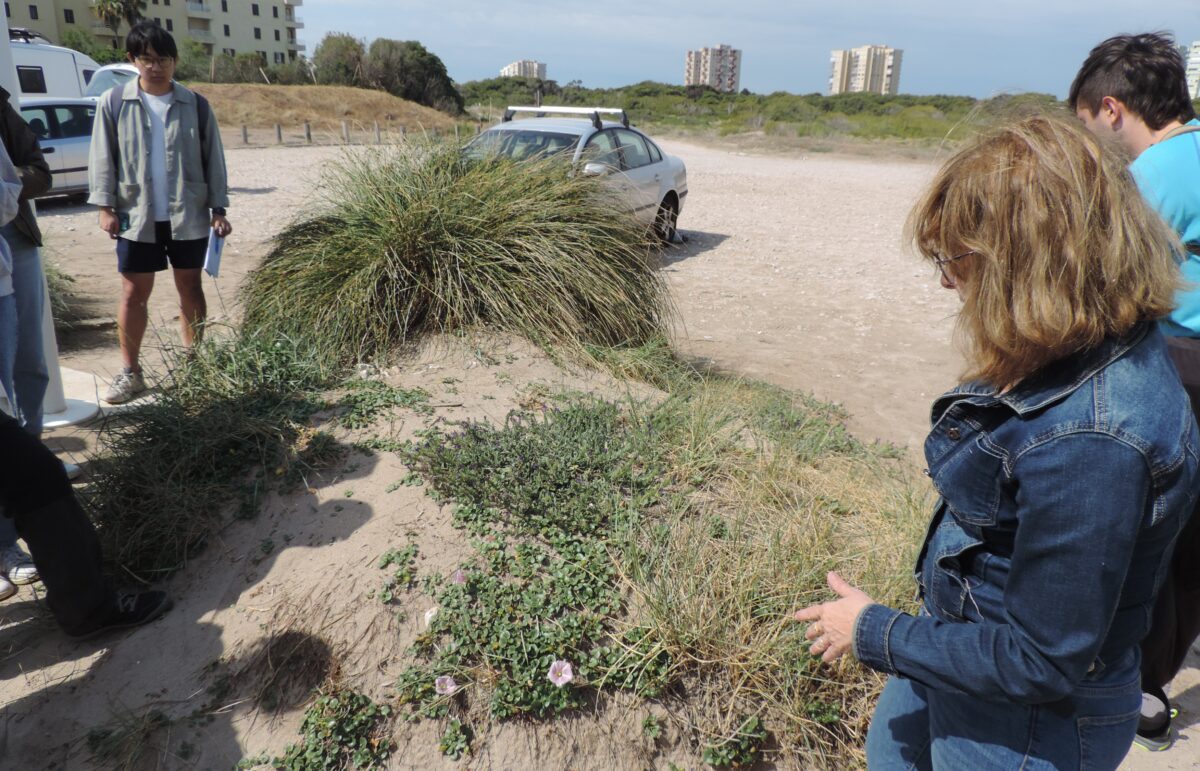
While we wait on the bus I install the appiNaturalist to record the plants we see during the outing and some students are encouraged to install it too and participate.
You can participate individually by uploading photos of plants from your environment taken during the days of the Biomarathon with your camera or mobile phone in the iNaturalist application (once you have completed the registration in the application, which is completely free). The photos can be uploaded to iNaturalist during the days of the Biomarathon or up to a week afterwards.
First stop. We find ourselves in front of the Sidi Saler hotel, which is abandoned, and where we begin to see the diversity of the dune communities. As we walk, the teacher explains the taxonomy and curiosities of some of the forest species in the area, such as the immortelle (Helichrysum Stoechas), the ox tongue (Echium Vulgare) or the sea bell, typical of the dunes (Calistegia Soldanella).
We walk around the pasture of El Saler until we reach the walkways leading to the beach. The whole area is very anthropised due to the residential areas along the promenade. However, dune species can be observed, although they are scarce.
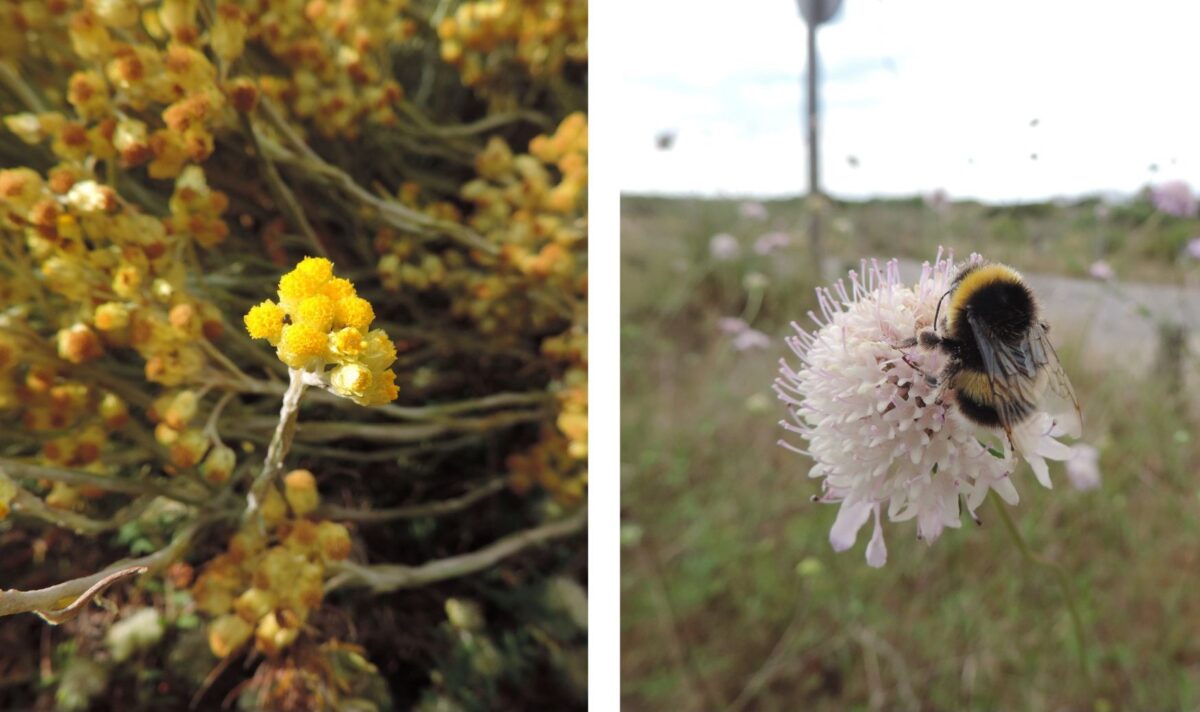
I can see how the students’ notebooks have more and more plants written down, a long list of scientific names that they will no doubt never forget.
Every time the teacher points out a new plant, a group of 5 or 6 of us go over to take a photo and upload it to the project. Little by little we make a digital list.
When we pass all the chalets the teacher tells us to look at the flora and in a few minutes we will comment on it. We go into a small pine forest along a narrow path that makes us go one by one. We are all taking photos of the plants that catch our attention or that we don’t know so that we can ask about them later.
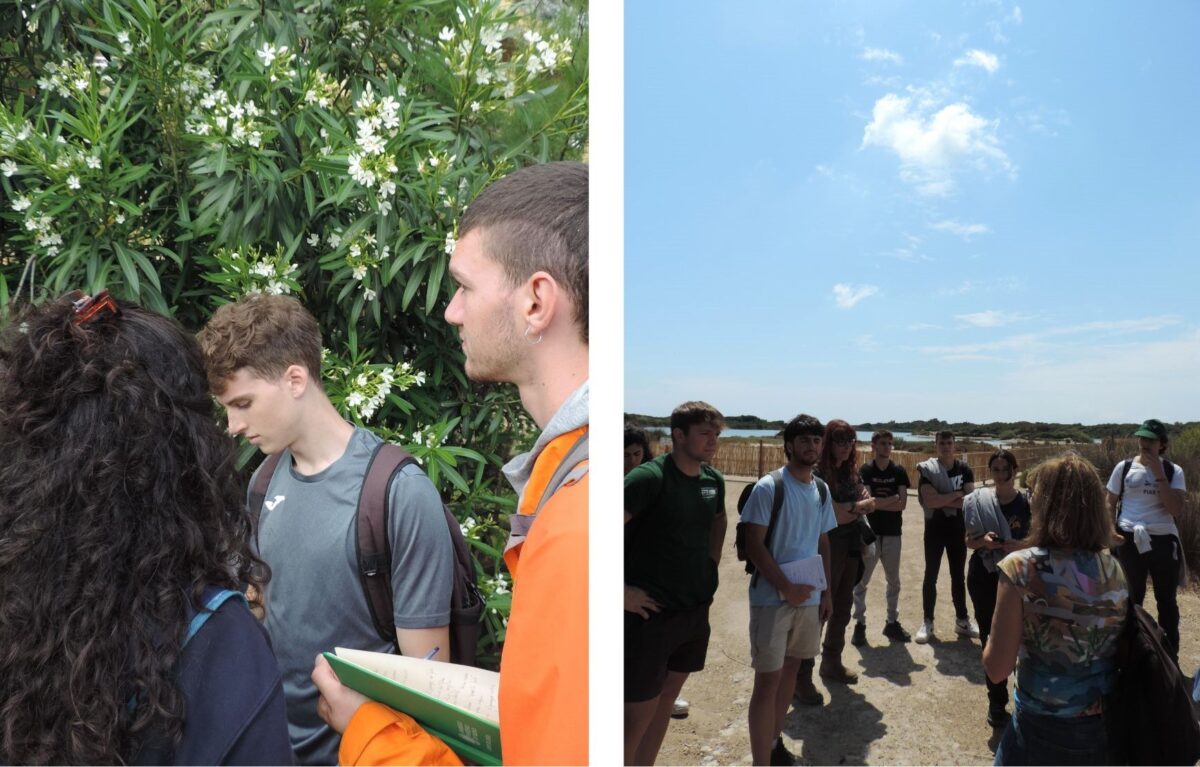
As I was collecting photos on the excursion I was uploading them to the app and so we all created a good database, where later experts and the app users themselves can comment or correct if something is wrong.
On the way out we arrive at one of the lagoons of the Albufera where we see all kinds of birds, such as the trails. There we share all our observations before getting back on the bus. If you go to the project’s website you can also see other people’s observations, it’s very interesting!
A beautiful route learning about many plants and environments very characteristic of the Mediterranean area, and what better than the Albufera to learn together with Monica Boscaiu, teacher and botanist who accompanied us during the outing! An experience to repeat and to continue to explore the corners of the Albufera, next time with much more curiosity.
See you in the next activity!
You will find more information at www.biomaratonflora.com






